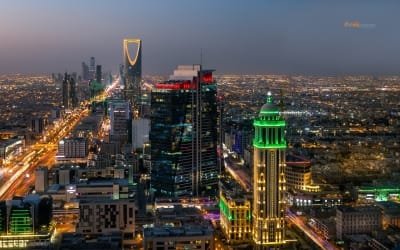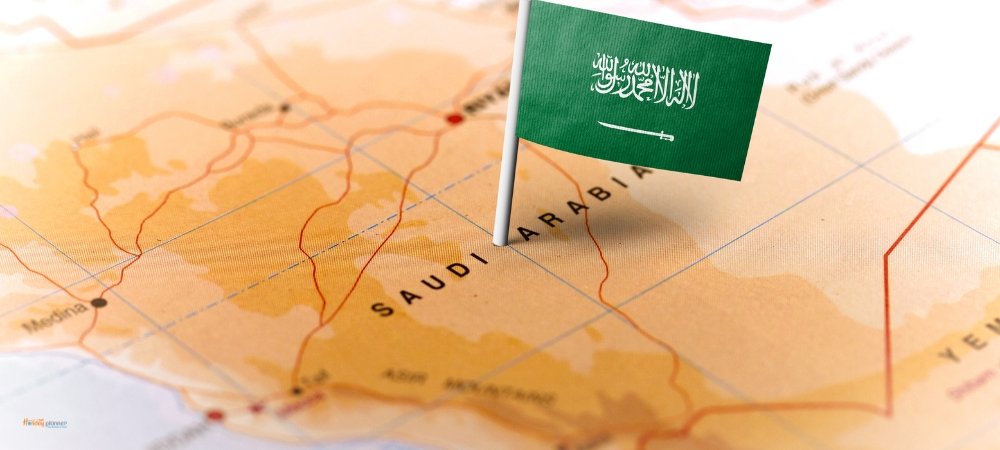
10 Facts You Need to Know Before Visiting Saudi Arabia | Holiday Planner
Before you pack your bags for Saudi Arabia, familiarize yourself with its visa requirements. Citizens from many countries can obtain a tourist visa online, making the process more straightforward. Here are some key points to consider:

Visa Requirements
- E-Visa Availability: Most tourists can apply for an e-visa via the Saudi government’s website. This simple online application allows you to spend up to 90 days in the country.
- Visa Restrictions: Some nationalities might have different requirements, so always check the latest information before planning your trip.
- Purpose: The visa is specifically for tourism, so if you’re considering any business activities, ensure that your visa accommodates that.
Dress Code
Understanding the dress code in Saudi Arabia is essential for a respectful and enjoyable visit. The country is known for its conservative customs.
- For Men: While you won’t be required to wear traditional attire, it’s best to opt for long trousers and shirts with sleeves to show respect for local traditions.
- For Women: Women are required to wear an abaya, a loose-fitting cloak covering the body, in public places. Thankfully, they’re often available for rent or purchase in various shops and might even come in different colors and styles to match your personality.
- Beachwear: If you’re hitting the beaches, swimwear is acceptable in resort areas but should only be worn on the beach.

Cultural Etiquette
Saudi Arabia’s culture is rich and deeply rooted in traditions, so knowing some basic etiquette can enhance your experience.
- Greetings: A friendly handshake is common. However, be mindful that men and women may not shake hands or greet each other unless they know each other well.
- Hospitality: Kings or sheiks might greet you with coffee and dates. If offered, it’s polite to accept.
- Photography: Always ask before taking pictures of people and avoid photographing government buildings or military sites.
Religious Observances
Being aware of religious practices can turn your trip into a more immersive experience.
- Prayer Times: Saudi Arabia is predominantly Muslim, and the call to prayer happens five times daily. During these times, many shops and businesses close for prayer, so plan accordingly.
- Ramadan: If your visit coincides with Ramadan, be respectful and avoid eating, drinking, or smoking in public during daylight hours.
- Hajj Season: This annual pilgrimage draws millions of Muslims, leading to busy accommodations and travel plans, particularly in Mecca.
Language
While Arabic is the official language, English is widely spoken, especially in urban areas and among younger generations.
- Basic Phrases: Learning a few basic Arabic phrases can go a long way. For instance, “Shukran” means “thank you,” and locals appreciate it when visitors show interest in their language.
- Signage: Most signs in cities are in both Arabic and English, making navigation easier for travelers.
Currency
Understanding the local currency will help you manage your expenses more effectively.
- Riyal: The currency used is the Saudi Riyal (SAR), and as of my last updates, it’s roughly 3.75 to 1 US dollar. ATMs are ubiquitous in cities, making it easy to get cash.
- Credit Cards: Credit cards are widely accepted, but it’s good to carry some cash for smaller establishments or markets.
Transportation
Getting around Saudi Arabia can be a different experience depending on where you’re headed.
- Public Transport: Public transport systems are developing, especially in larger cities like Riyadh and Jeddah, where you can use buses or the newly launched metro systems.
- Car Rentals: Renting a car is another popular choice for more freedom. Roads are generally in good condition, but be mindful of local driving customs.
- Taxis and Ride-Sharing: Taxis are available, but using ride-sharing apps is often more convenient and safe.
Weather and Climate
Weather can influence your plans, particularly if visiting during the summer months.
- Heat: Saudi Arabia has a desert climate, so expect hot summers with temperatures soaring above 40°C (104°F). The winter months (November to March) bring milder temperatures, making it more pleasant for exploring.
- Best Time to Visit: The ideal time to visit is during spring or fall when the weather is more temperate, especially for outdoor sightseeing.
Safety
Saudi Arabia is considered a safe country for tourists, but it’s always wise to be cautious.
- Crime Rate: Petty crime is relatively low, and violent crime is rare, but like anywhere, stay aware of your surroundings.
- Local Laws: Familiarize yourself with local laws, as they can be strict. Activities deemed disrespectful to Islam or the state can lead to serious consequences.
- Emergency Numbers: Save local emergency numbers, such as 999 for police and 997 for medical emergencies, in case you need assistance.
Tourist Attractions
Saudi Arabia is brimming with fascinating sites and experiences that showcase its culture and history.
- Historical Sites: Places like Al-Ula and Diriyah offer glimpses into the kingdom’s rich past, with beautiful archaeological wonders.
- Modern Marvels: The Kingdom Tower in Riyadh is a sight to behold, and the Red Sea coastline boasts stunning resorts and dive sites.
- Natural Wonders: Don’t miss out on the Empty Quarter (Rub al Khali), the world’s largest continuous sand desert, showcasing breathtaking landscapes.
Exploring Saudi Arabia is an opportunity to immerse yourself in a culture vastly different from your own. With a little preparation, you’ll find your visit both enjoyable and enlightening!











